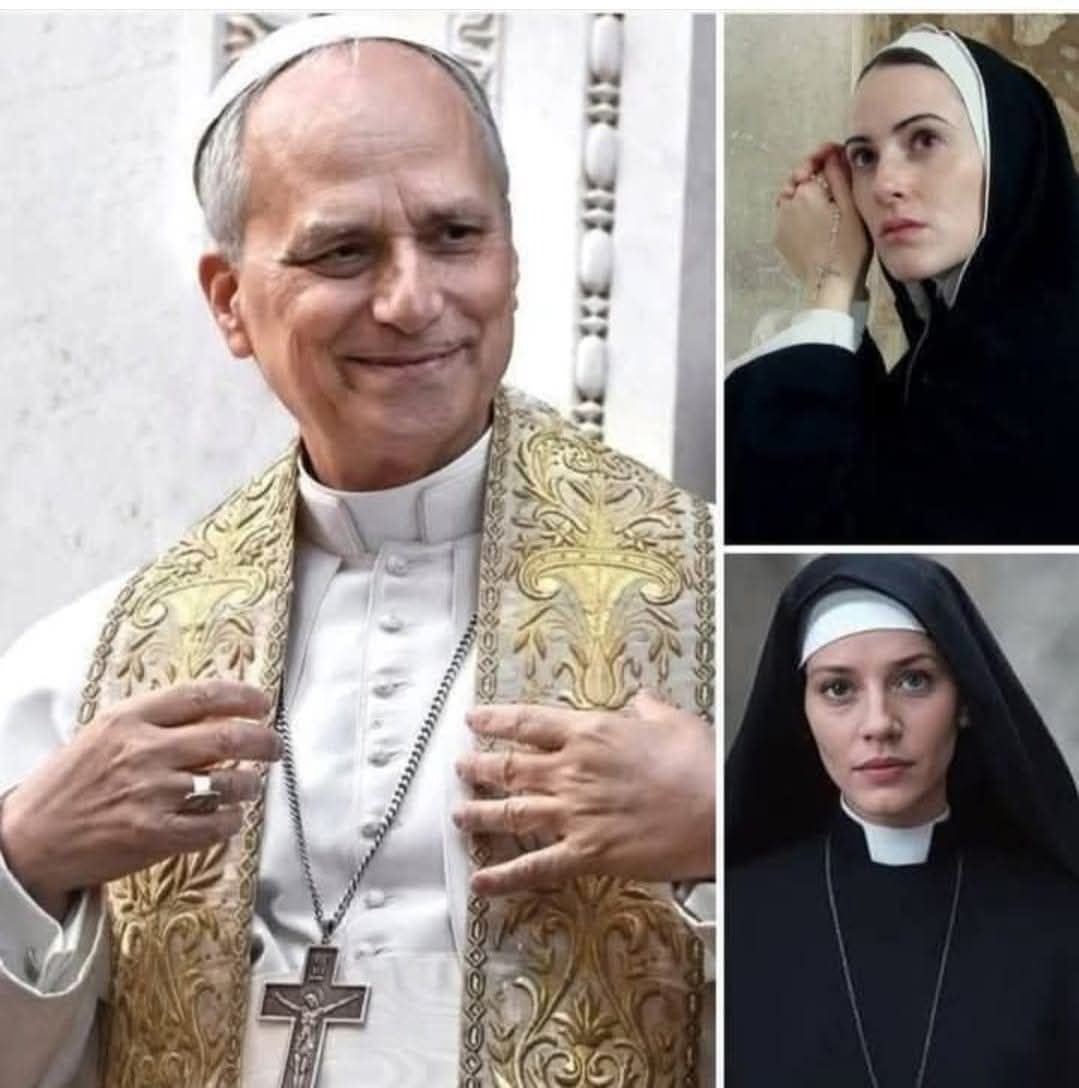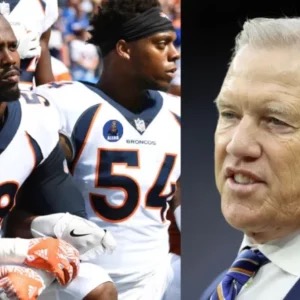Justin Drew Bieber, born March 1, 1994, in Stratford, Ontario, rose from a small-town Canadian kid with a YouTube channel to one of the most influential pop icons of the 21st century. His story isn’t just about fame—it’s about reinvention, resilience, and the strange price of growing up under the world’s microscope.
Bieber’s journey began almost by accident. At 12, he placed second in a local talent competition, and his mother, Pattie Mallette, uploaded his performances to YouTube so family could watch. Those clips changed his life. Scooter Braun, an ambitious American talent manager, stumbled upon one of them in 2008 and was so impressed that he flew Bieber to Atlanta to meet with Usher. Within months, Bieber signed with RBMG Records, a joint venture between Braun and Usher, and the modern teen idol era officially began.
His debut EP, My World (2009), introduced a new kind of pop star—social media–savvy, approachable, and directly connected to fans. Songs like “One Time” and “Favorite Girl” made him a household name, and his first full-length album, My World 2.0, turned him into a phenomenon. Released in 2010, it featured the global hit “Baby,” which became one of the best-selling singles in U.S. history and the defining anthem of his teenage years.
At just 16, Bieber was selling out arenas, starring in a 3D concert film (Never Say Never), and living in a blur of lights, cameras, and relentless attention. The fame was intoxicating—but dangerous. “Everything I wanted, I got before I even understood what it cost,” he later reflected.
His next album, Under the Mistletoe (2011), made history as the first Christmas album by a male artist to debut at number one on the Billboard 200. He followed that with Believe (2012), a sleek, dance-pop evolution that produced hits like “Boyfriend” and showed that he wasn’t just a teen idol—he was an artist ready to grow. By 18, Bieber became the first musician ever to have five number-one albums in the U.S. before turning 19.
But fame cut both ways. From 2013 to 2014, his reputation unraveled. Headlines shifted from chart success to controversy: reckless driving, vandalism, a DUI arrest in Miami, and constant paparazzi scuffles. The young star, overwhelmed by fame, seemed to spiral. Public perception flipped almost overnight—he became a punchline.
Then came the comeback. In 2015, Bieber partnered with EDM producers Skrillex and Diplo (as Jack Ü) on “Where Are Ü Now.” The track was a revelation—a shimmering, emotional dance anthem that earned him his first Grammy and reintroduced him as a serious, mature artist. The success paved the way for Purpose (2015), a deeply personal record that marked his creative rebirth. Songs like “Sorry,” “Love Yourself,” and “What Do You Mean?” dominated charts worldwide and helped him reclaim both critical and public respect.
Bieber’s evolution didn’t stop there. Between 2016 and 2017, he proved his versatility through collaborations that transcended genres. His remix of “Despacito” with Luis Fonsi and Daddy Yankee not only spent a record-breaking 16 weeks atop the Billboard Hot 100 but also earned him a Latin Grammy and a place in global music history. The track was later named the greatest Latin song of all time by Billboard, introducing millions of non-Spanish speakers to reggaeton.
That same year, he scored another No. 1 hit with “I’m the One,” collaborating with DJ Khaled, Quavo, Chance the Rapper, and Lil Wayne. In the UK, he achieved a historic feat—becoming the first artist ever to hold the entire top three positions on the Singles Chart simultaneously.
By 2019, Bieber began merging pop with other genres again, teaming up with country duo Dan + Shay on “10,000 Hours,” which earned him a Grammy for Best Country Duo/Group Performance. It was another sign of his chameleon-like ability to move between musical worlds effortlessly.
Yet behind the hits, his personal life was undergoing transformation. After years of turbulent relationships and public scrutiny, Bieber married model Hailey Baldwin in 2018. He often credits her with grounding him and helping him heal from years of anxiety, depression, and exhaustion. In interviews, he’s been open about battling Lyme disease and mental health struggles, turning his pain into purpose. “I’m not who I was at 19,” he said. “I’m learning to love myself the way I love my music—patiently.”
His later albums, Changes (2020) and Justice (2021), reflected this maturity. Songs like “Intentions,” “Peaches,” and “Anyone” traded the swagger of his earlier work for warmth and emotional honesty. He began singing about faith, forgiveness, and gratitude rather than fame or heartbreak. Critics noted how his voice—once that of a boyish tenor—had evolved into a deeper, more soulful tone.
Bieber’s influence today extends beyond music. He’s reshaped how artists connect with audiences in the digital age, proving the power of social media long before influencers became mainstream. His YouTube discovery story remains one of the industry’s most cited success models. He’s also used his platform to advocate for mental health awareness, criminal justice reform, and humanitarian causes, donating millions to global relief efforts and children’s charities.
Despite the ups and downs, Bieber’s longevity in pop culture is remarkable. Most child stars fade after a few years; Bieber reinvented himself repeatedly, each time reemerging stronger and more self-aware. From the floppy-haired boy who sang “Baby” to the man behind introspective songs like “Ghost,” his evolution has mirrored that of an entire generation that grew up with him.
His legacy isn’t just about records or awards, though he’s earned plenty—multiple Grammys, 26 Billboard Music Awards, and hundreds of millions in global sales. It’s about endurance and reinvention in an era that devours fame as quickly as it creates it.
Bieber often says he feels most at peace now—living quietly, focusing on family and faith, recording on his own terms. “The world doesn’t need me to be perfect,” he once told GQ. “It just needs me to be honest.”
From YouTube sensation to cultural icon, from tabloid chaos to spiritual clarity, Justin Bieber’s story is proof that fame can destroy—but it can also rebuild. He remains, for better or worse, one of modern music’s most enduring figures: a reminder that redemption doesn’t always mean starting over. Sometimes, it means learning how to keep singing through the noise.




